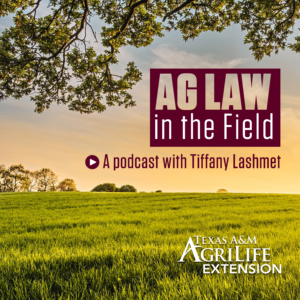Capital gains tax liability can be a major issue for agricultural landowners that who are looking to sell property. Determining the value on which taxes may be figured can be difficult, particularly when the land was inherited decades ago and the basis may not be known. With this in mind, Dr. Terry Griffin, Assistant Professor of Ag Economics at Kansas State Univeristy and I put together a fact sheet to help landowners with this issue.

Capital gains taxes are paid on the increase in value over time of certain assets. For agricultural producers, land is a common example of where capital gains taxes may be owed if the property is held for a period of time and then sold. Generally, capital gains taxes are owed on the difference between the value of the asset at the time it is sold, less the value of the asset at the time of purchase. For example, if you purchased property in 1950 for $100/acre and you sell it in 2017 for $1,000/acre, your capital gains tax liability would be based on the $900 increase in value.
One tool that can be helpful to reduce the amount of capital gains taxes owed is the concept of “stepped up basis,” whereby a landowner who inherits property is allowed to calculate future capital gains taxes on the value at the time of inheritance, rather than the time of purchase. This scenario often greatly reduces the capital gains tax liability. Using the above example, assume your parents purchased land in 1950 for $100/acre. Then you inherited the land in 1980. You are considering selling the land today and the appraised value is $1,000/acre. Rather than owing taxes on the $900 value difference, the tax liability would be based on the difference between the current value of $1,000/acre and the value of the land in 1980.
So what was the value of land in 1980? That’s where this fact sheet and the tables that Dr. Griffin put together come in. These tables will allow landowners to ballpark the value of land at the time it was inherited, and, therefore, determine what the stepped-up basis might be for capital gains tax purposes.
To view the fact sheet, click here.
To listen to a radio interview we did discussing this concept and the fact sheet, click here.












